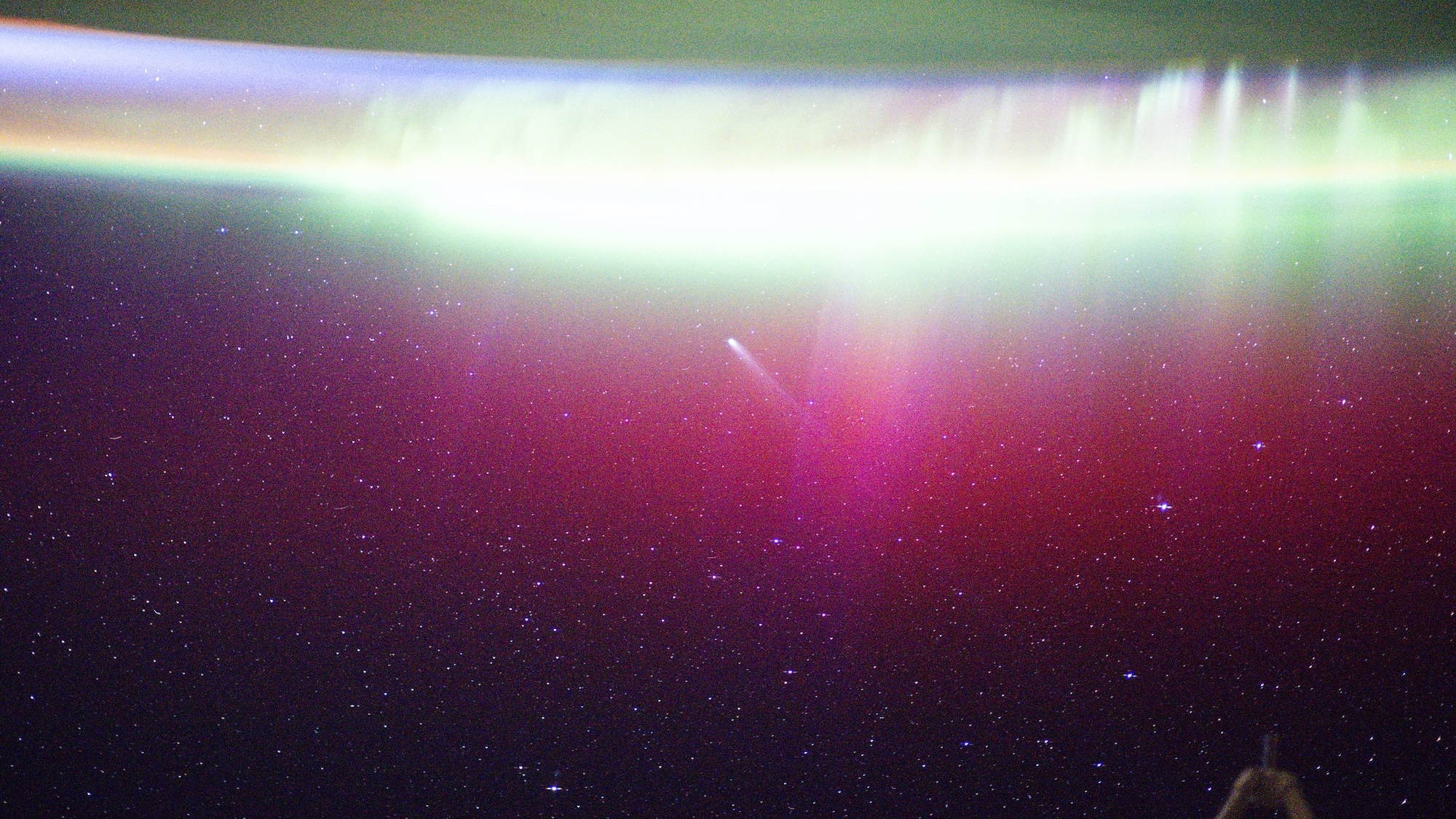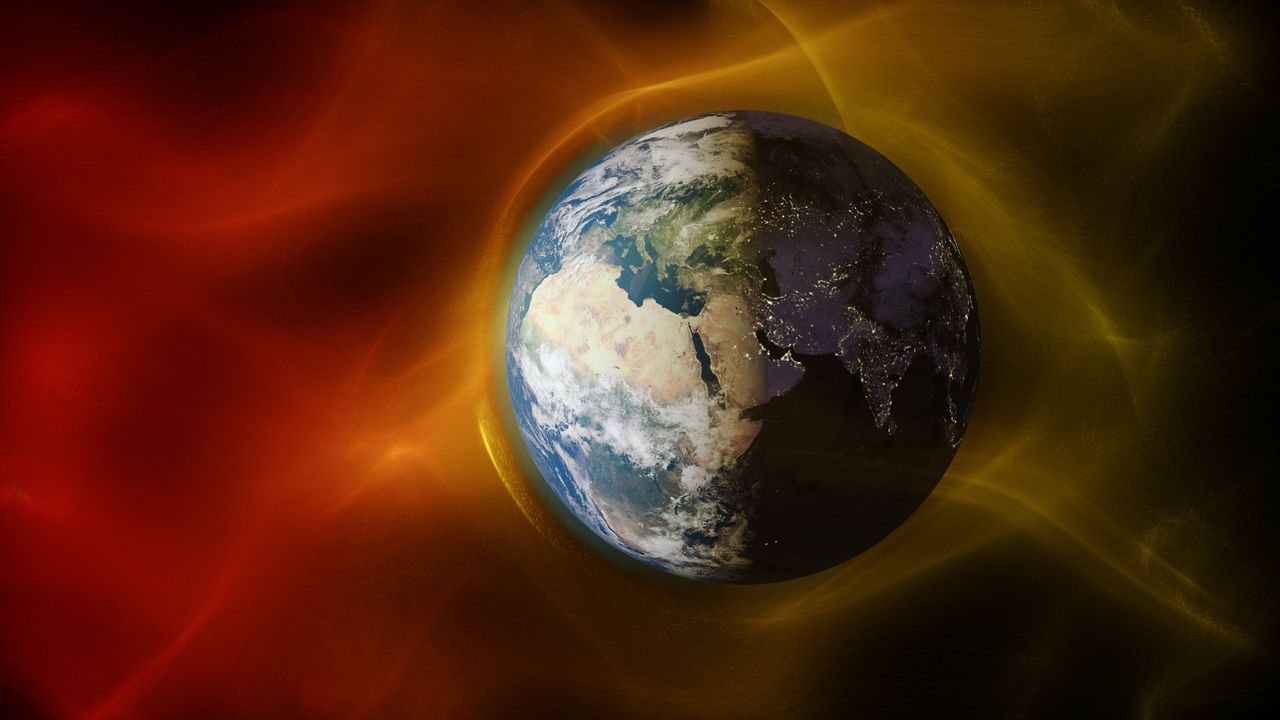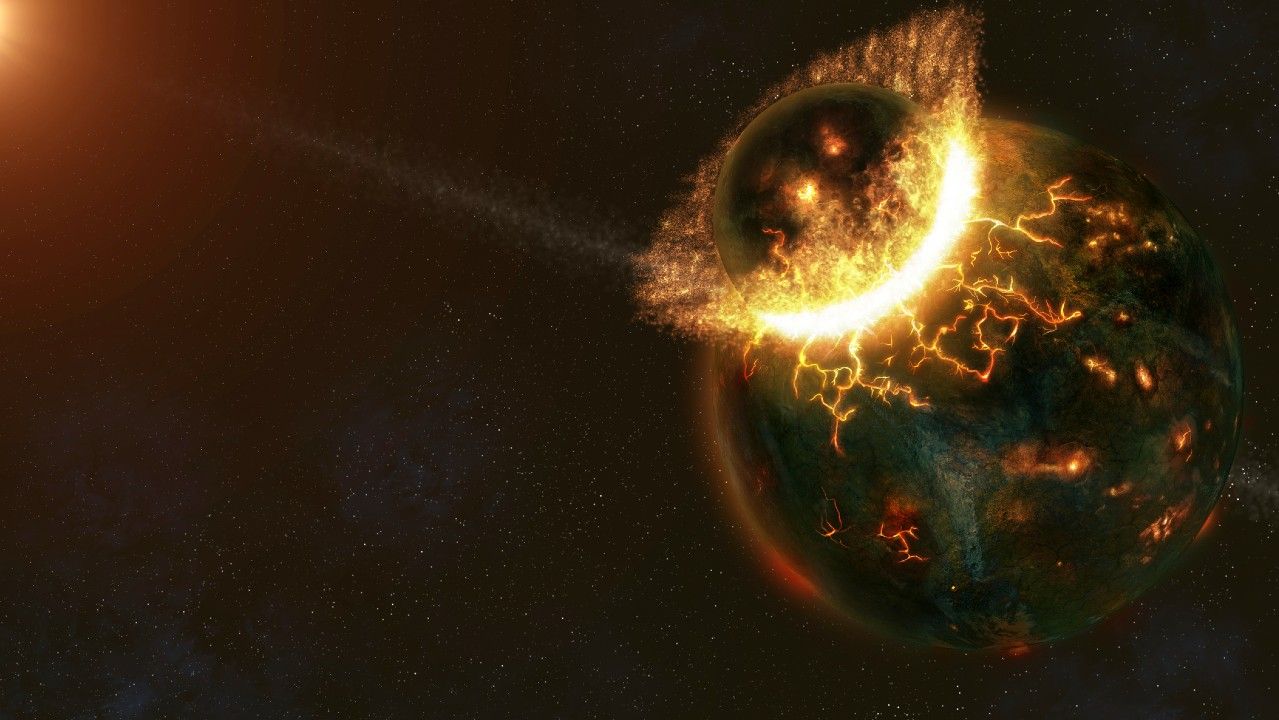Geomagnetic superstorm shrunk Earth’s protective plasmasphere
NegativeScience

- The geomagnetic superstorm Gannon in 2024 caused a reduction in the size of Earth's plasmasphere, which is essential for blocking harmful radiation. This phenomenon was accompanied by the generation of auroras.
- The shrinking of the plasmasphere due to such superstorms raises concerns about the potential increase in radiation exposure on Earth, emphasizing the need for monitoring solar activity and its impacts on our planet's protective layers.
— via World Pulse Now AI Editorial System







